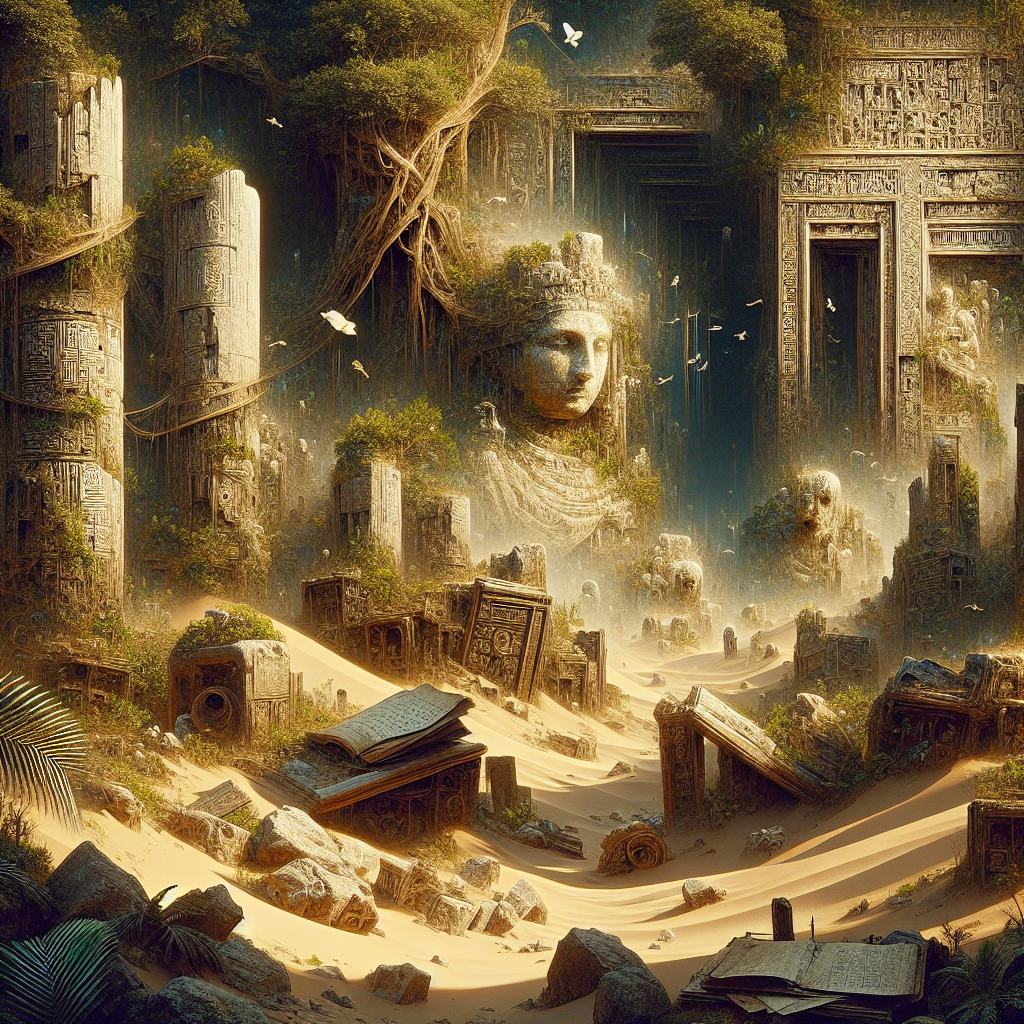The Enigma of Machu Picchu
Unearthed in 1911, the ancient Incan city of Machu Picchu in Peru boasts an intricate and refined architectural mirage that took the world by storm. With around 200 buildings appearing like they’ve been carved from the mountainside, this hidden city offers an insight into an advanced civilization from the 15th century. The populace used complex farming systems and held intriguing religious rituality offering glimpses into a world long lost.
A civilization Forgotten: The Indus Valley
The Indus Valley civilization existed from approximately 3300 BC to 1900 BC and remains one of the most perplexing. Its discovery unfolded one of the world’s earliest known urban cultures that rivals those of ancient Egypt and Mesopotamia. The civilization boasted impressive city-planning capabilities, including advanced sewage and water systems, standardized weights and measurements, and a writing system. Yet, the script remains undeciphered, leaving the particulars of the Indus Valley people a mystery to this day.
Impressive Architectural Prowess
Mohenjo-Daro, a notable city of the Indus Valley civilization, showed advanced architectural prowess, with sturdily built brick houses, public bathhouses, and intricate drainage systems. This discovery speaks to a society that thrived with high organizational skills and knowledge of urban planning.
The Mayan Civilization: The Lost World
The remnants of the colossal Mayan civilization, known for its hieroglyphic script, astronomy, art, architecture, and complex mathematical and calendrical system, was unearthed in Central America. The civilization, which existed from around 2000 BC to the end of the 17th century, displayed an advanced understanding of the cosmos. It declined inexplicably, leaving numerous ancient cities and inscriptions that experts are still deciphering today.
The Mayan Astronomical Brilliance
The sophistication of the Mayan civilization becomes evident with their advanced astronomical systems, with edifices such as the El Caracol observatory, which tracked the path of Venus. The Mayan Long Count calendar marked an end in 2012, giving rise to multiple apocalyptic prophecies in popular culture. Ultimately, their astronomical knowledge echoes ages later, shedding light on this fascinating lost civilization.
Petrified in Time: Pompeii
Perhaps one of the most famous examples of a lost civilization is Pompeii, a Roman city preserved in volcanic ash from the eruption of Mount Vesuvius in 79 AD. This natural catastrophe preserved the city and its inhabitants in a macabre snapshot, providing a chilling glimpse into daily life of a civilization caught off-guard by disaster.
Insights into Roman Lifestyle
The petrified remnants of Pompeii hold invaluable insights into the daily life of ancient Romans. Intact buildings, some displaying ornate murals, sculptures, and mosaics, offer a look at the architectural aesthetics of the time. However, it’s the cast remains of the victims, often seen in their final moments, that provide a humanizing look into a civilization lost to time.
The Elusive Nabateans and Petra
The enigmatic Nabatean civilization left behind the famed archaeological wonder of the world, Petra. The civilization thrived in the desert climes of Jordan, creating a rich trade network and showcasing impressive stone carving techniques.
Economic Prodigies
With Petra as their capital developing around 300 BC, the Nabateans became ancient economic prodigies in the desert, building a fortune through incense trade. The city, known as the Rose City due to the pink sandstone’s color, displayed intricate carvings, monuments, and buildings, underscoring the Nabateans’ architectural mastery.
In essence, the shocking discoveries of these lost civilizations tell a tale of human ingenuity, evolution, and resilience. They serve as a mirror to our past while inspiring thousands with awe and wonder regarding the varied path of human civilization.
